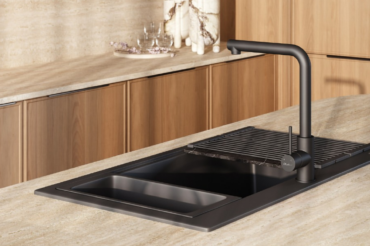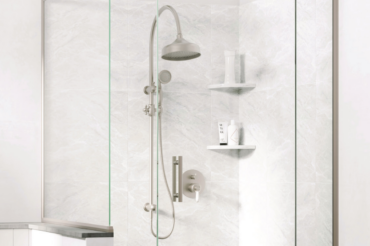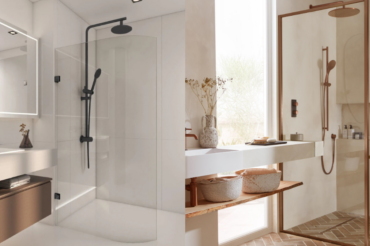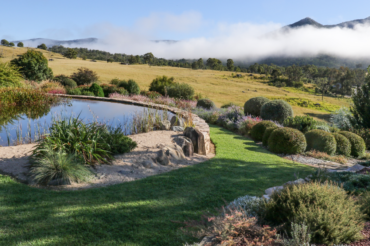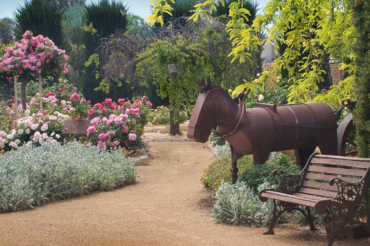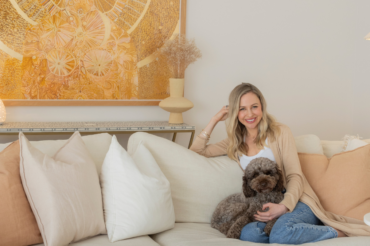
Tiffany Treloar practically grew up in the workroom of her mother, luminary Australian fashion designer Prue Acton. From as early as she can remember, Tiffany loved playing with fabrics and trims. Fashion, it seemed, was in her blood, as her father, Mike Treloar, was also a menswear designer.
“I’ve always loved making things and Mum gave me my first sewing machine when I was about nine,” Tiffany recalls. “I remember making a horse rug from fabric off-cuts. A couple of years later, I made a fancy dress costume from the jacket Mum had worn to the Melbourne Cup. It was a rather space-age-looking garment so I was the Martian and my horse was the flying saucer. Of course, I ended up helping out in Mum’s office or retail during school but when it came to a career, I tried to reject fashion. I turned to food, which, of course, is an allied occupation. You get dressed every day and you eat every day so if you are creative, you naturally explore ways to develop those avenues.”
So Tiffany headed to London and began a course at Le Cordon Bleu culinary school, then worked various jobs in hospitality. At a loose end on her return, she got a job with her mother and, as vacancies occurred, a couple of months became a couple of years. “I was learning every aspect of the business,” she says. “But I still wanted to spread my wings so I went to work for Dad for what ended up being six years.”
The lightning bolt struck in the early ’90s, when Tiffany persuaded her father to buy an early-model Apple computer. “Suddenly, the potential of a whole new world of design opened up for me,” she says. “I’m a born self-teacher and I love untangling challenges, so the potential for manipulating images was immediately obvious to me. I bought a second-hand computer of my own and started doing contract design work for cash to support my habit. I began my own foray into printing onto T-shirts, but it wasn’t long before I got into printing on other fabrics.”
By 1998, Tiffany had made a few sales overseas but as the first fabrics cost an extortionate $132 per square metre to print, it was not exactly a direct route to fame and fortune. The timing was good, however, as technological advances in the next couple of years meant printing costs dropped drastically and, before long, the range of fabrics she could print onto expanded. The path was open for her own fashion label with matching coordinates.
This story was originally published in the June/July 2016 issue of Australian Country. Subscribe to the magazine here.
Words Kirsty McKenzie
Photography Ken Brass








